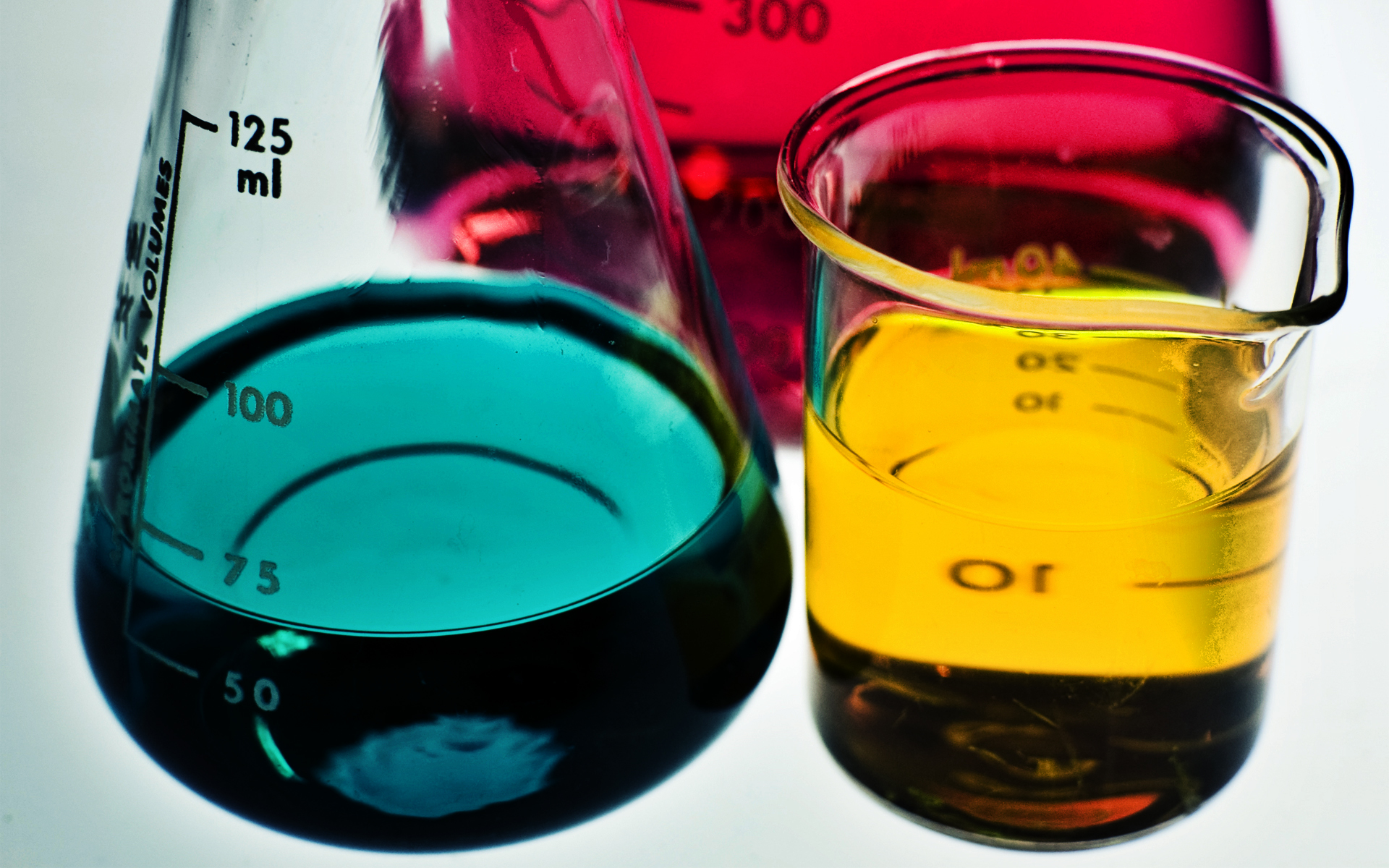
“Tall-form” (B) beakers have a height about twice their diameter. These are sometimes called Berzelius beakers and are mostly used for titration. Flat beakers (C) are often called “crystallizers” because most are used to perform crystallization, but they are also often used as a vessel for use in hot-bath heating. Low form beakers are likely to be used in some way when performing a chemical experiment. Standard or “low-form” (A) beakers typically have a height about 1.4 times the diameter. The common low form with a spout was devised by John Joseph Griffin and is therefore sometimes called a Griffin beaker. These are the most universal character and are used for various purposes-from preparing solutions and decanting supernatant fluids to holding waste fluids prior to disposal to performing simple reactions. A common use for polypropylene beakers is gamma spectral analysis of liquid and solid samples. The beaker shape in general drinkware is similar.īeakers are commonly made of glass (today usually borosilicate glass). The exception to this definition is a slightly conical-sided beaker called a Philips beaker. A beaker is distinguished from a flask by having straight rather than sloping sides. Beakers are available in a wide range of sizes, from one milliliter up to several liters. In laboratory equipment, a beaker is generally a cylindrical container with a flat bottom. Most also have a small spout (or “beak”) to aid pouring, as shown in the picture.

The cookie is used to store the user consent for the cookies in the category "Performance". This cookie is set by GDPR Cookie Consent plugin. The cookie is used to store the user consent for the cookies in the category "Other.

The cookies is used to store the user consent for the cookies in the category "Necessary". The cookie is set by GDPR cookie consent to record the user consent for the cookies in the category "Functional". The cookie is used to store the user consent for the cookies in the category "Analytics". These cookies ensure basic functionalities and security features of the website, anonymously. Necessary cookies are absolutely essential for the website to function properly. What Types of Items Are Considered General Lab Equipment? Among the many items that would be considered general lab equipment are pipettes, scales, centrifuges, Bunsen burners, freezers, hot plates, incubators, coolers, stirrers, water baths, and fume hoods – to name a few. The most common reason to have safety goggles on hand, and the ultimate purpose, is to protect the eyes. He was originally puppeteered and voiced by Richard Hunt until Hunt’s death in 1992, when the role was taken over primarily by Steve Whitmire. What does beaker look like?īeaker has bulging eyes, a shock of red hair, and a drawbridge mouth which serves as a frown. Is a beaker a cup?Ī beaker is a beverage container, typically of non-disposable plastic, or a ceramic cup or mug without a handle, much like a laboratory beaker. They come in a variety of sizes and are used for measuring volumes of liquid. What are the glass cups in chemistry called?īeakers are the workhorse glassware of any chemistry lab. Examples flasks include the Erlenmeyer flask, Florence flask, and Schlenk flask. Flasks are narrow-necked glass containers, typically conical or spherical, used in a laboratory to hold reagents or samples. Ones which are tall and narrow and are often called Berzelius beakers.īeakers are simple cylindrical shaped containers used to hold reagents or samples. His goal was to improve the popularity of chemistry and penned several books on the subject.

It was invented by John Joseph Griffin who began his career as a seller and publisher of chemical apparatus. These glass beakers have a flat bottom and spout /beak to assist pouring the liquid out. What are the different types of beaker?Ī beaker sometimes called a Griffin beaker is a borosilicate glass container for stirring, mixing and heating liquids and is usually used in laboratories. The third type of beaker is called a crystallizer. They are thin, and their height is double their diameter.

The taller beaker is known as Berzelius beakers. What are types of beaker?īeaker Categories The standard beakers known as Griffin beakers are lower beakers, and their height is about 40% of its diameter. Laboratory machines and instruments ‒ stirrers, hot plates, precision balances, test kits, pH meters, water bath, incubator, microscopes, etc. What equipment is used in a chemistry lab?


 0 kommentar(er)
0 kommentar(er)
